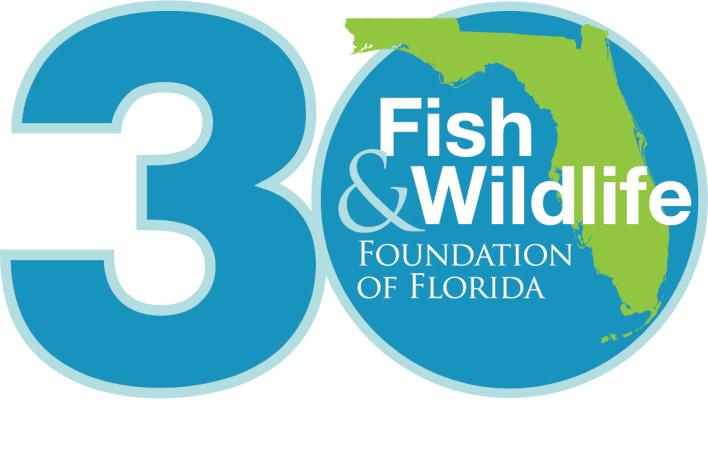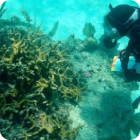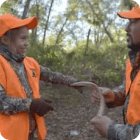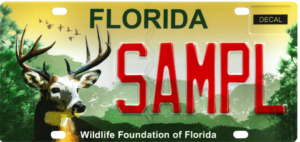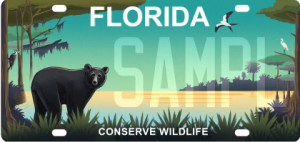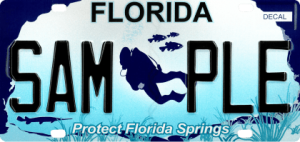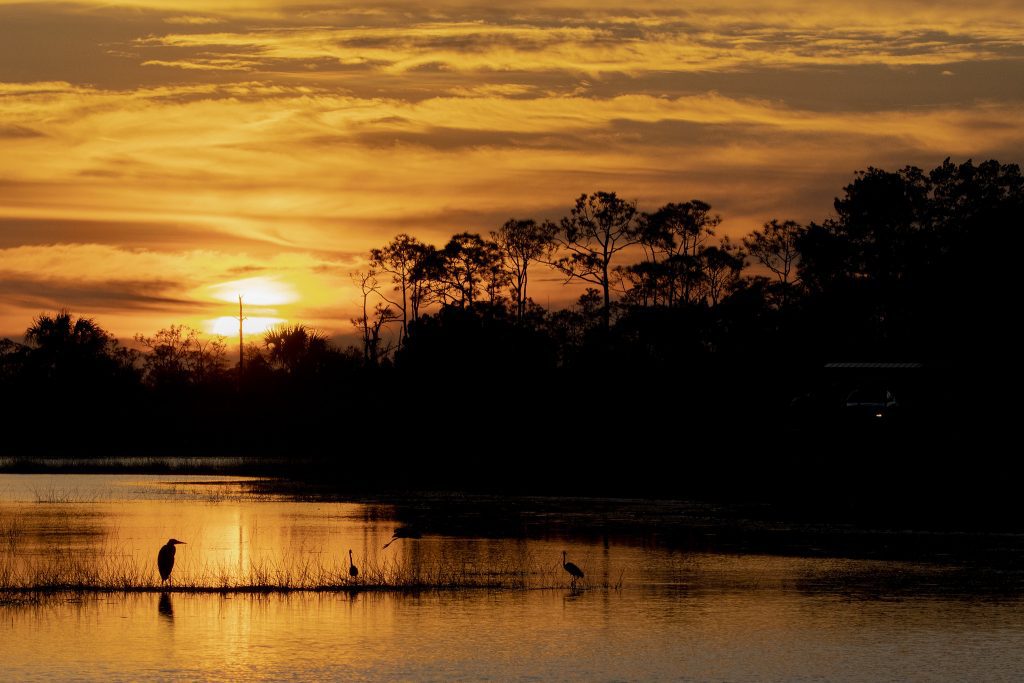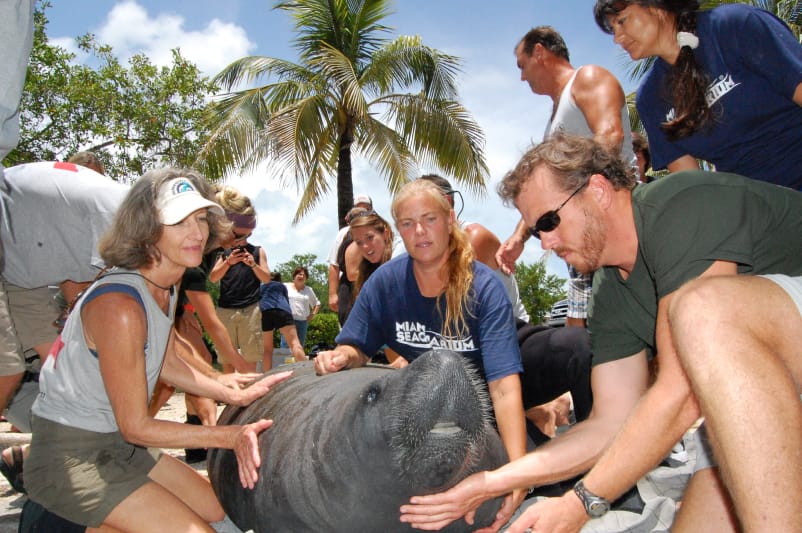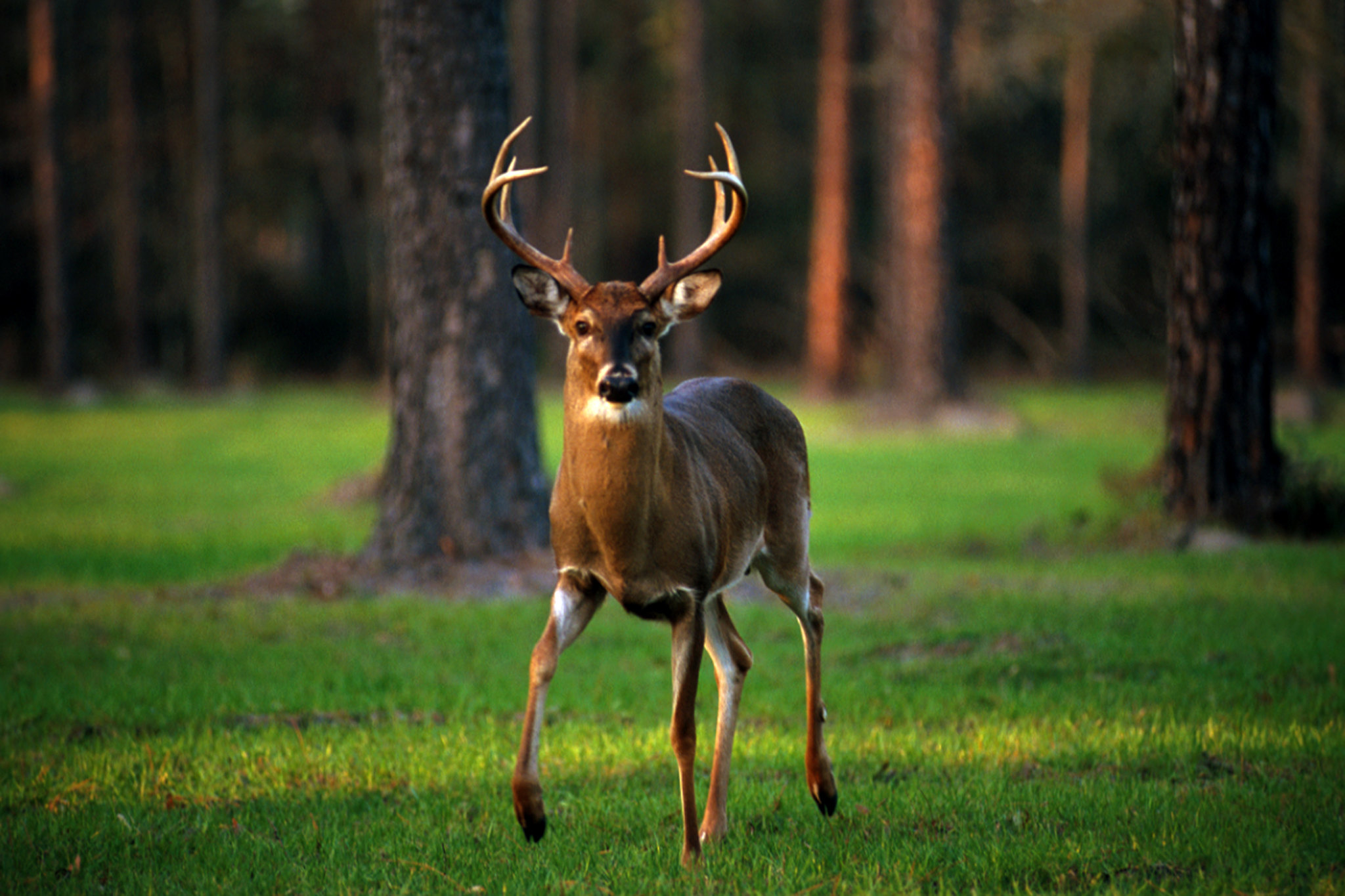
When it comes to successful conservation efforts, the white-tailed deer may not be the first species that comes to mind. After all, the current population is estimated at over 30 million individuals in the contiguous United States. For all their adaptability, it’s hard to believe at one point the Florida population was pushed to the brink of extinction.
The white-tailed deer (Odocoileus virginianus) is the most popular game species in Florida. Males range from 115 pounds to 190 pounds, while females are smaller, averaging 90 to 120 pounds. When alerted to danger, white-tailed deer earn their name by lifting their tails like a flag while bounding away. Deer are important resources for many Florida predators, including the critically endangered Florida panther and the Florida black bear.
White-tailed deer have been hunted by humans for over 10,000 years for their meat, hides, and other materials to create tools and clothing. Archeological sites of Native Americans in the eastern United States suggested nearly 25% of their diets consisted of venison. Indigenious populations found numerous ways to hunt deer, including spears, arrows, pitfall traps, snares, and corralling deer with fire.
By the 1930s, the North American Conservation Model was still in its infancy, but governing bodies began to recognize the harm of unregulated hunts by both individuals and corporations. This, compounded by the cattle-fever tick from destroying huge populations of Florida deer, led to the lowest ever Florida deer population at around 20,000 individuals.
Efforts to conserve the species began shortly thereafter. By the 1950s Florida was home an estimated 45,000 to 50,000 deer. Today, the population remains strong enough to allow an annual harvest of almost 100,000 deer. The FWC uses scientifically proven game-management strategies and professional expertise to conserve white-tailed deer and provide sustainable hunting opportunities.
Deer hunting is a pathway to clean eating for many Floridians. Wild game meat, such as venison, is a lean source of healthy and delicious protein as well as being free of preservatives, hormones, or antibiotics. Hunting is also a safe and enjoyable way for friends and family to spend time together while experiencing Florida’s natural beauty. Every hunting adventure is an opportunity to gain a new understanding of wildlife and habitats while building outdoor skills.
Hunters are an important part of wildlife conservation. By purchasing hunting licenses, they directly support conservation while also contributing in a less obvious way. In 2011, Florida’s deer hunters generated $48,769,065 in state and local taxes, including funding for government organizations like FWC. Hunters also provide invaluable data to FWC biologists on population numbers for deer and other species sighted while hunting and anecdotal evidence of CWD.
Proceeds from our Wildlife Foundation of Florida license plate and donations to our Preserving Our Outdoor Heritage fund support the six million acres of public hunting lands in Florida, research on CWD, promoting gun and hunting safety programs, and more. Join us in supporting this important species management practice today.
